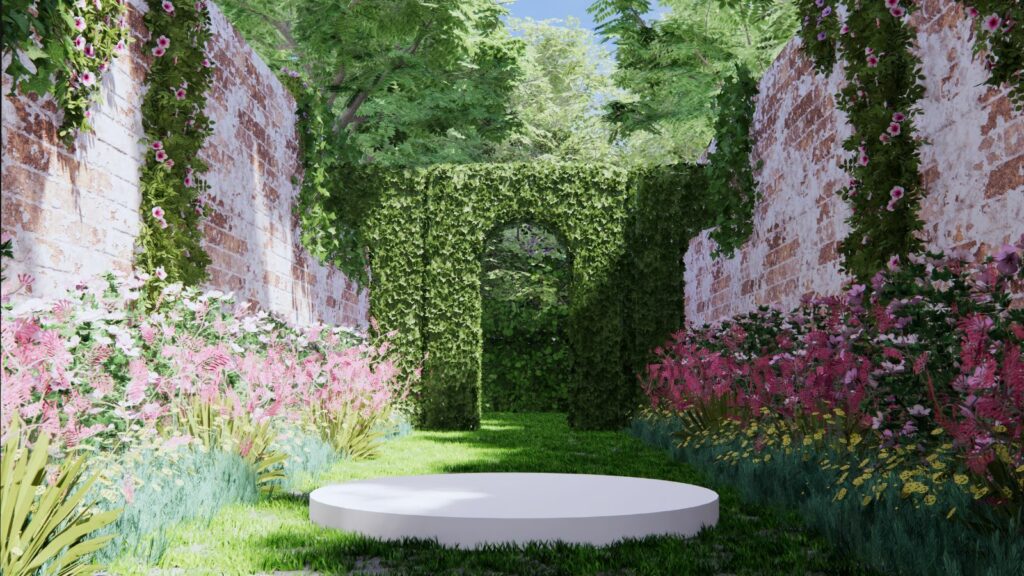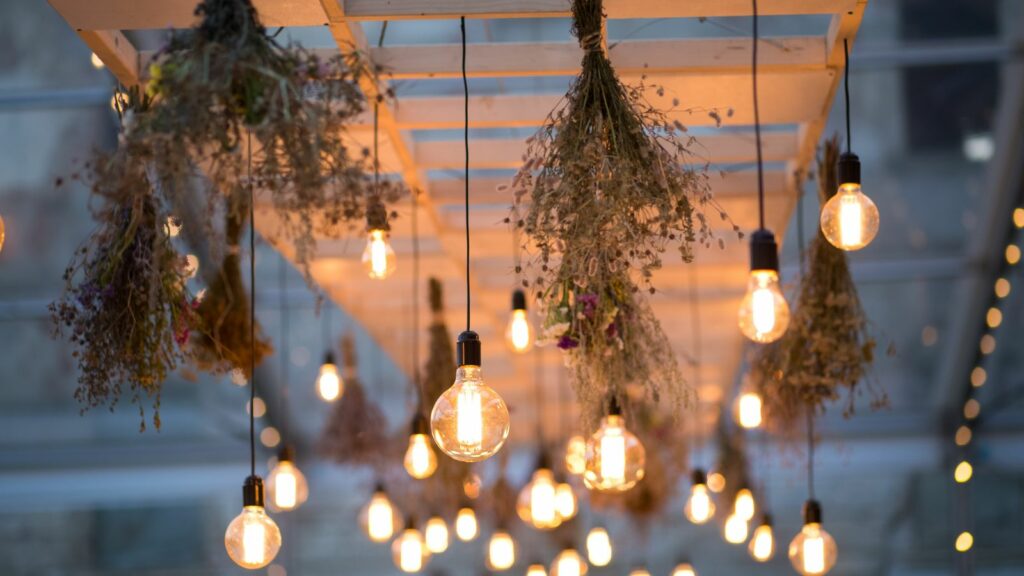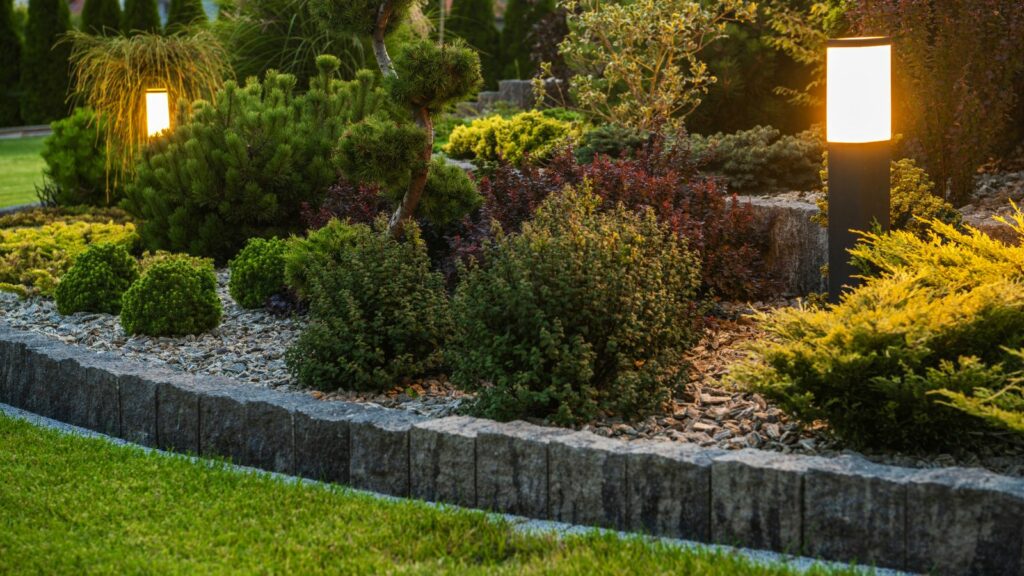Step into the enchanting world of outdoor fairy gardens, where whimsy meets green-thumb expertise. These magical spaces aren’t just a delightful sight to behold; they’re a testament to the boundless creativity that gardening can inspire.
With a sprinkle of imagination and a dash of fairy dust, even the smallest patch of green can transform into a mystical haven. Whether you’re a seasoned gardener or a budding enthusiast, an outdoor fairy garden offers endless possibilities for personal expression.
Outdoor Fairy Garden
Diving deeper into the wonders of outdoor fairy gardens can reveal their true charm. These miniaturized spaces, brimming with fantastical elements, evoke joy and awe, offering garden enthusiasts a unique outlet for creative expression. This section will unravel what an outdoor fairy garden is and its key components.

An outdoor fairy garden is a petite landscape that combines natural elements with miniature, whimsical items to create a space thought to attract or house mythical fairies. It draws its origin from folklore and the belief that fairies dwell in places where there’s a balance of natural beauty, mystery, and enchantment. Delicate foliage, petite shrubs, and blooming flowers, intermingled with alluring miniature furniture and figurines, recapture the charming narratives of fairy tales.
An outdoor fairy garden includes essential components that intrigue not only fairies but humans too. The first and foremost is an ideal location, preferably a shady spot with good drainage. The second component comprises miniature plants such as ferns, succulents, or ivy to recreate an enchanting miniature forest. The third crucial element includes tiny handmade or commercially available fairy furnishings and characters.
Designing Your Outdoor Fairy Garden
As you embark on the adventure of designing your outdoor fairy garden, the process involves careful consideration of location, plant selection and accessories. Each decision contributes to the overall charm and allure of your miniature magical landscape. By considering each aspect in detail, you ensure that your fairy garden not only pleases the eye but also becomes an inviting haven for fairy visitors.

Location selection forms an essential part of the design process. Selecting a location with good light and drainage impacts the health of the miniature plants that add to its vitality. Sites like garden corners, base of trees, or within flower beds exemplify good locations for the fairy garden. While full or partial sunlight supports plant growth, the placement location should also consider the garden visibility to human observers, as looking at it brings immense delight and imagination into play.
Once the location for your fairy garden is determined, the next move involves choosing the right plants and accessories. Plants should be miniature or slow-growing to maintain the scale of the fairy garden, with varieties like mosses, sedums, or miniature ivies being popular choices. The chosen plants need to match the sunlight requirements of the selected location for healthier growth.
Building Your Fairy Garden
Crafting an outdoor fairy garden involves more than just selection of location, plants, and accessories. It emphasizes a methodical assembly process and a thorough maintenance regime to ensure the garden retains its charm.

Start by sketching a layout. This preliminary step outlines the garden’s structural blueprint, acting as a reference for plant placement and accessory distribution.
Next, start preparing the ground. This primarily involves ensuring proper drainage for the garden, which contributes to the health of the plants.
Once the ground is ready, proceed to plant miniature or slow-growing plants, aligning their location according to the sketched layout. Opt for plants that enhance the garden’s whimsical appeal and ones that can survive the outdoor conditions.
The final touch to the assembly process involves adding the fairy furnishings and sparkle elements. Distribute these elements strategically across the garden, taking care not to overcrowd. The goal here is to create a mysterious and enchanting ambiance that invites the fairies to stop and linger. Examples of these elements include fairy doors, miniature furniture pieces, fairy figurines, glitter infused pebbles, and iridescent baubles.

